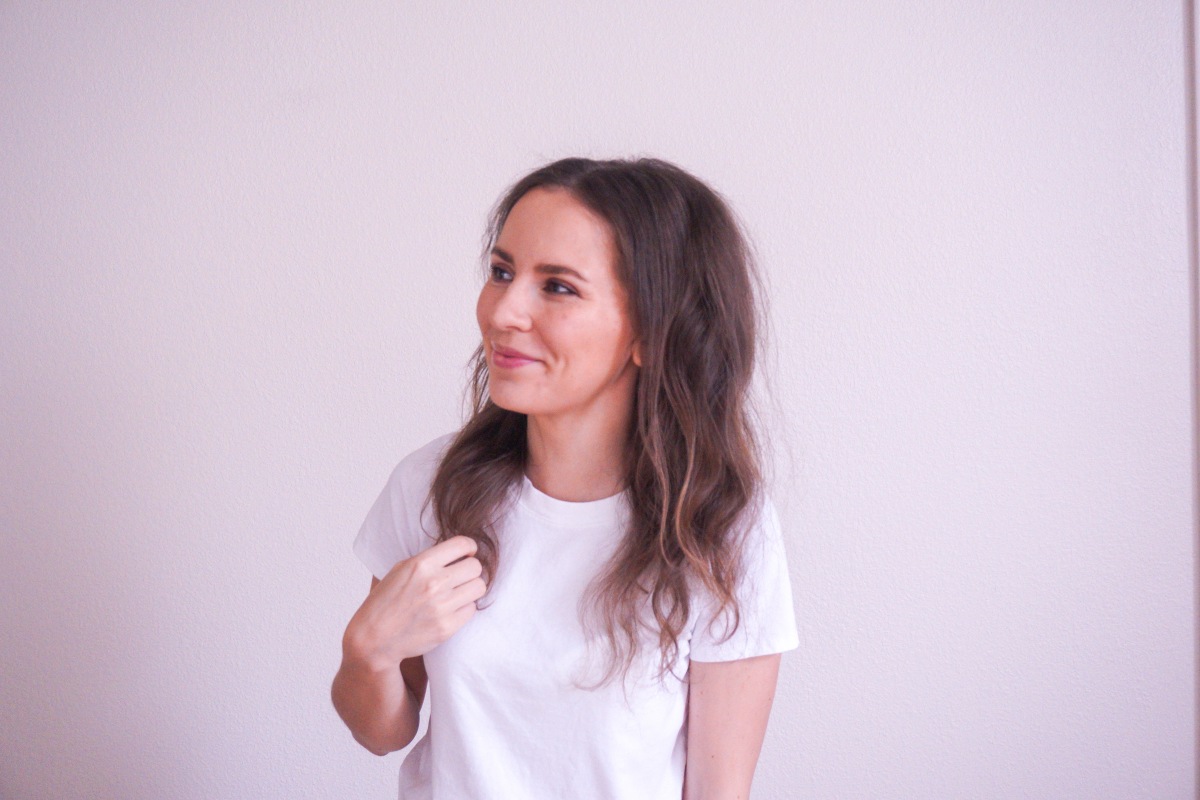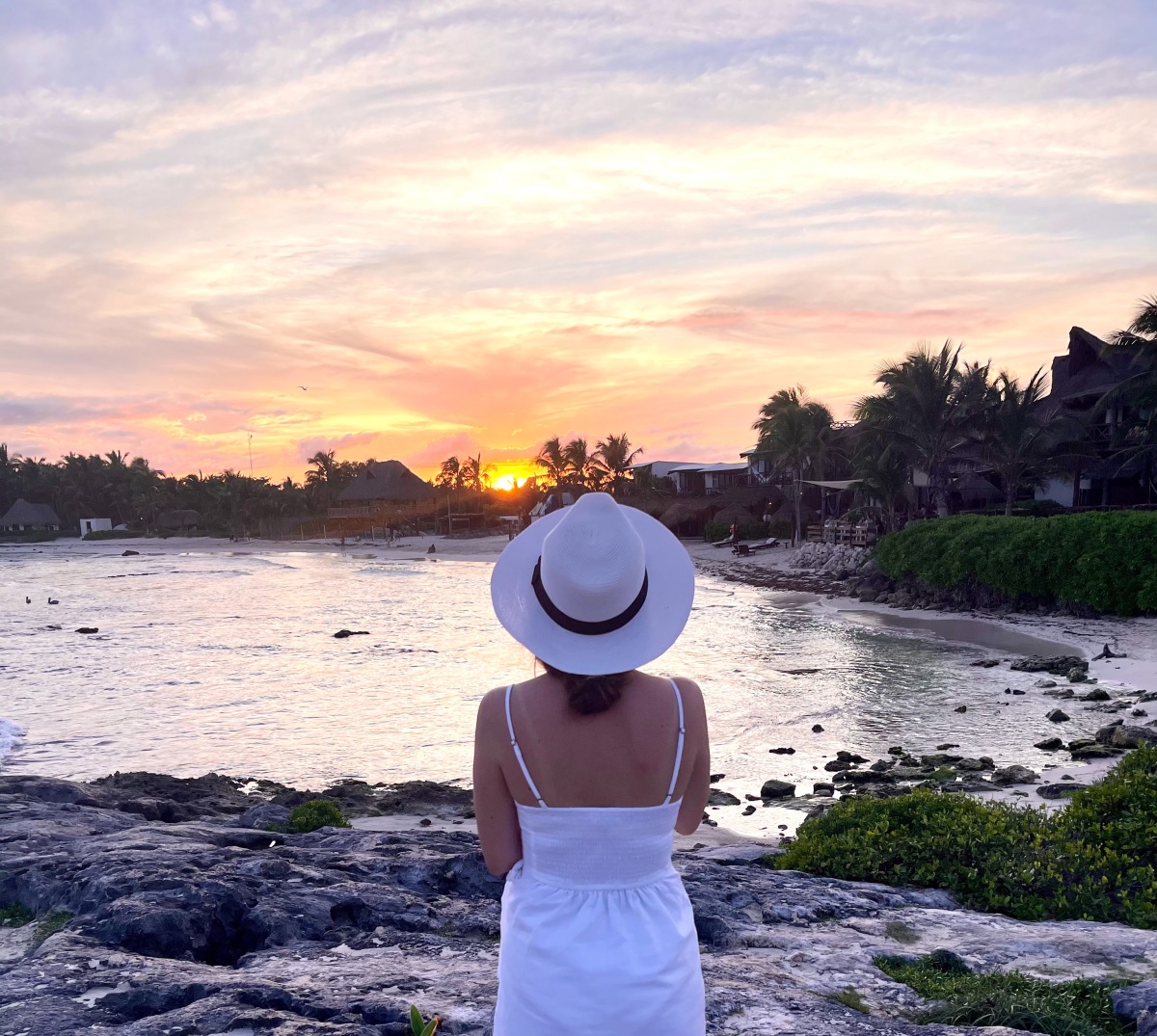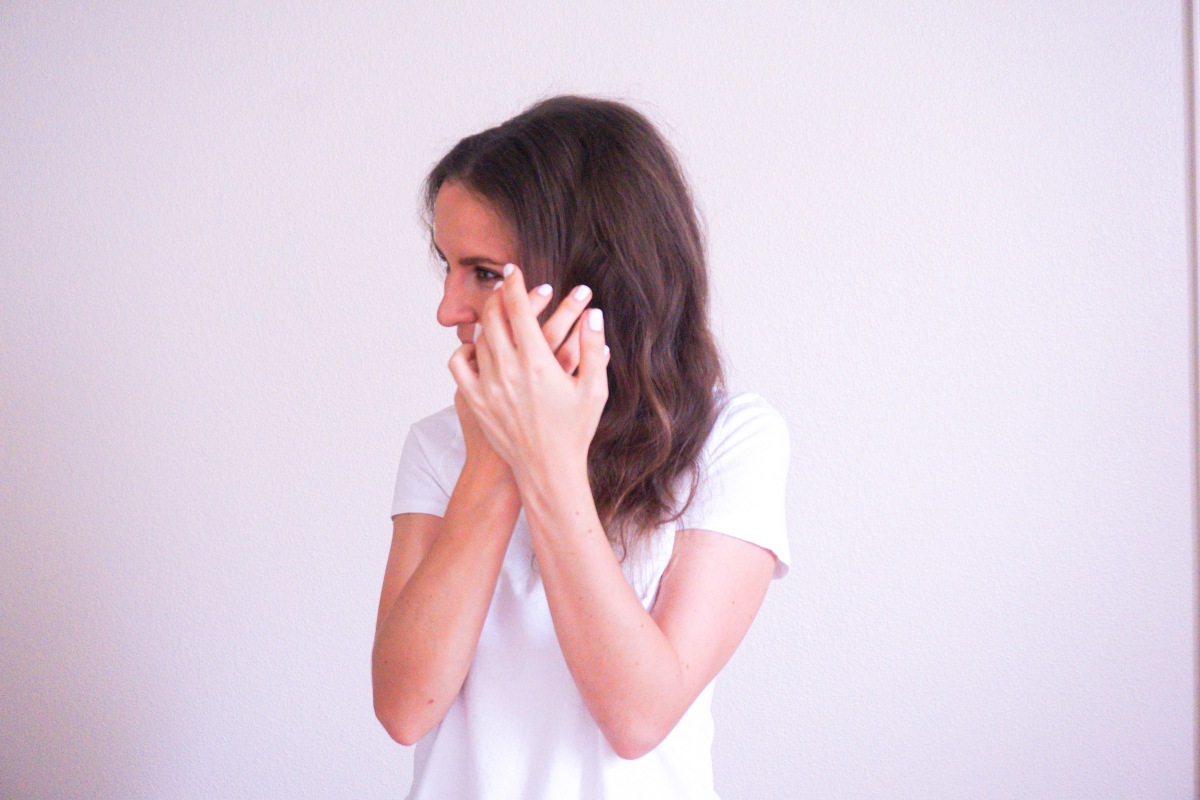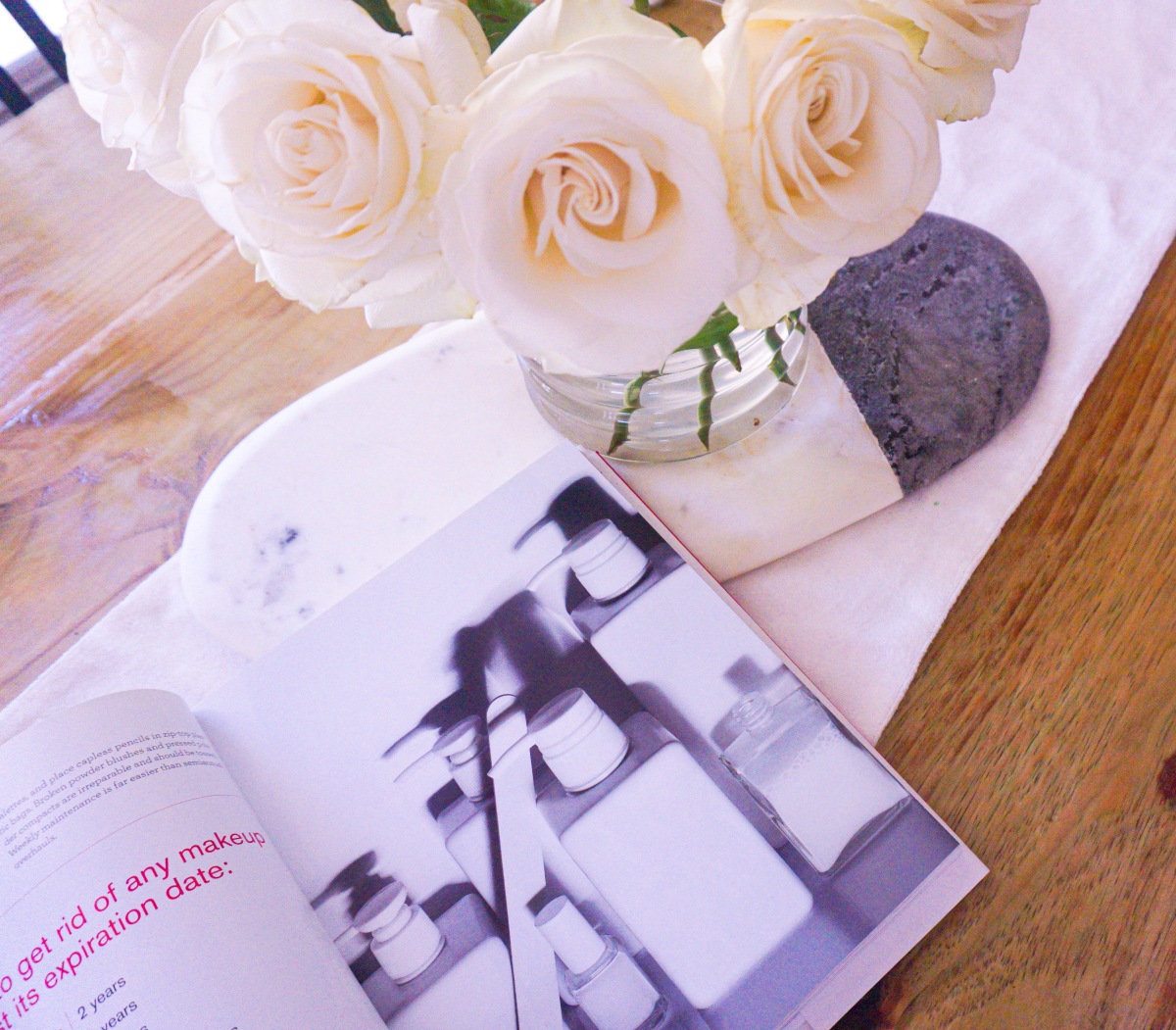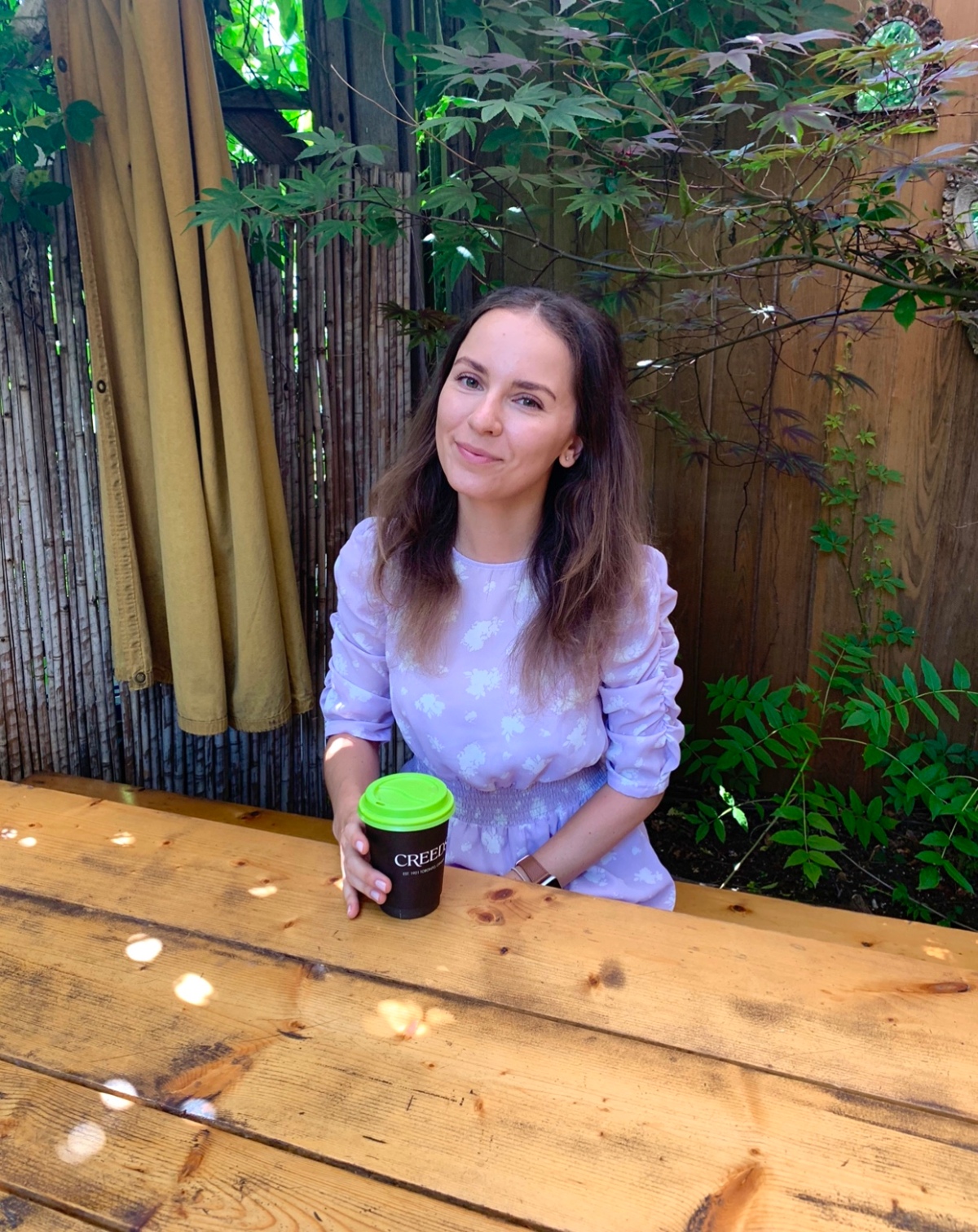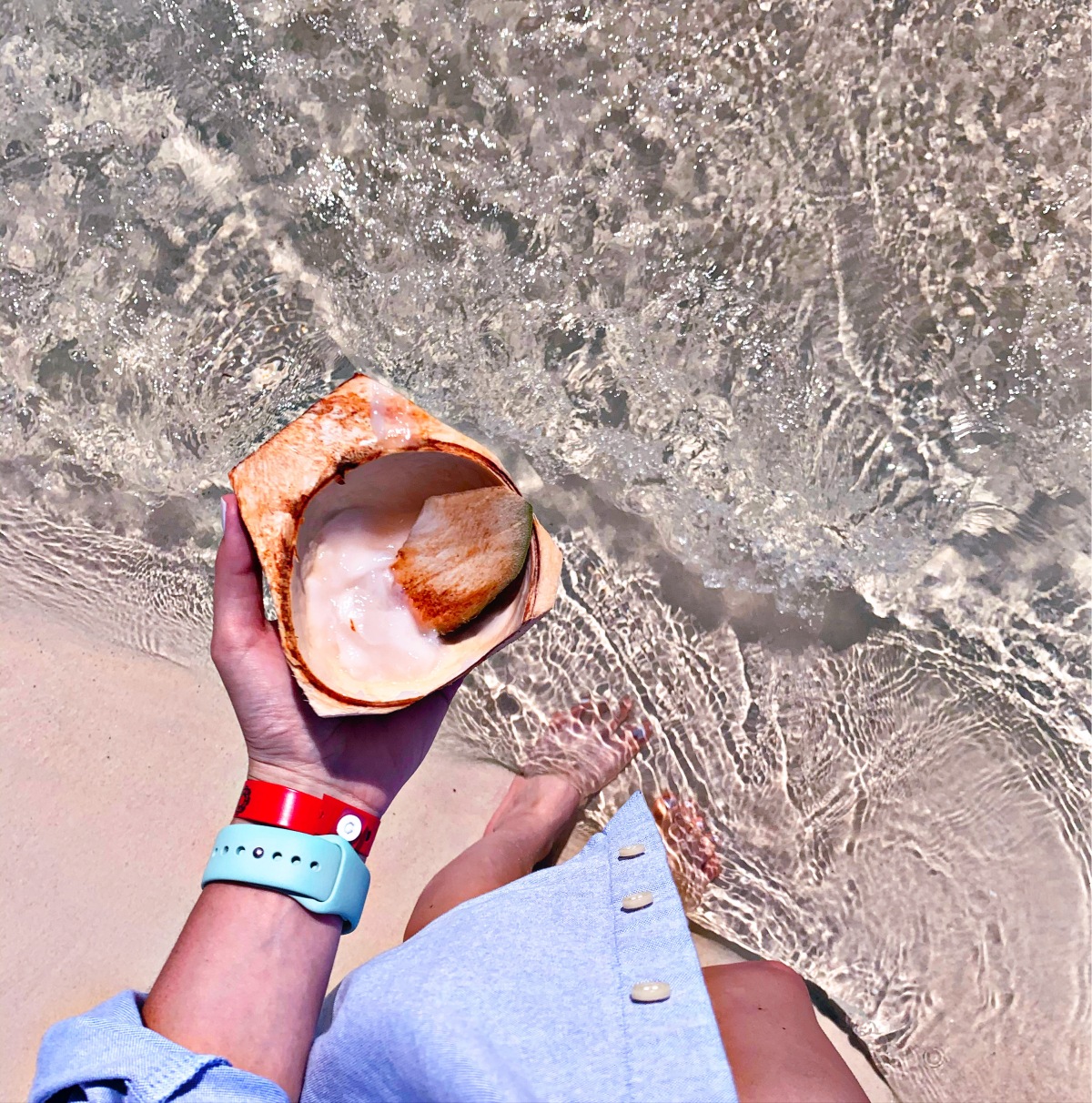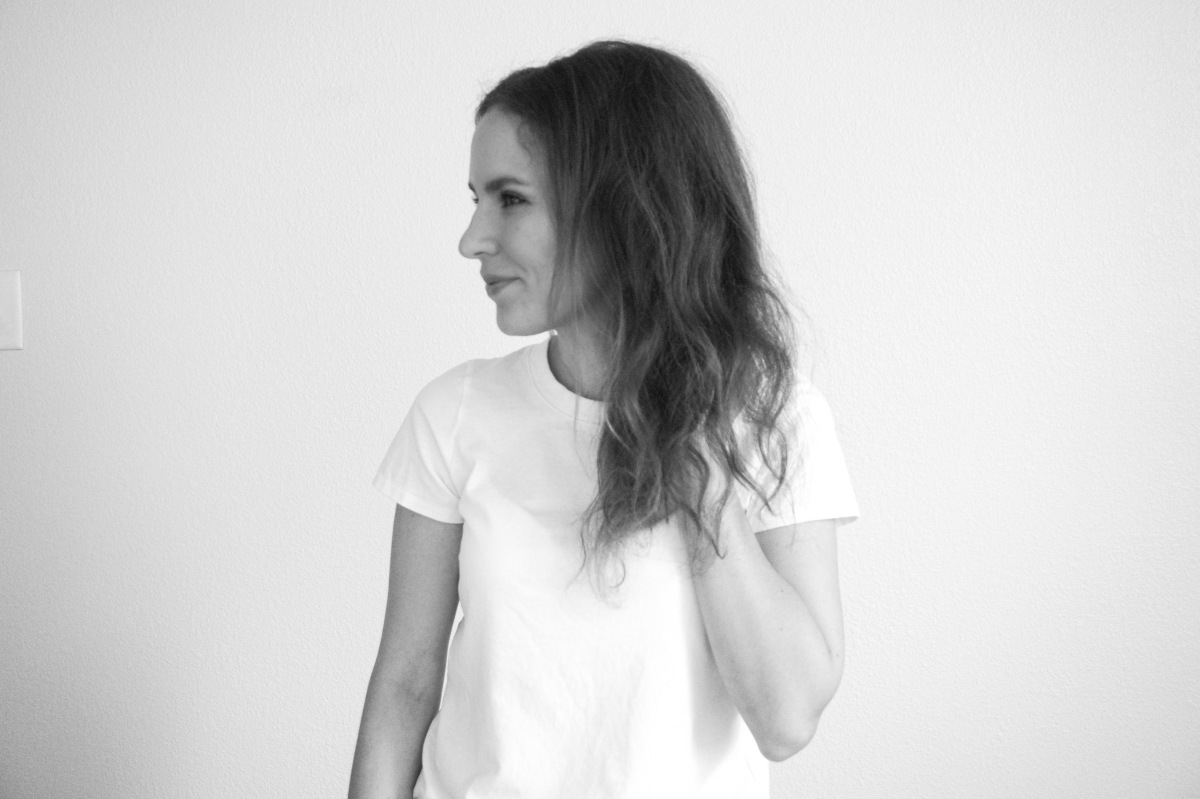KEEP IN MIND THAT UNDER-EYE SKIN:
- has no oil glands to help keep the skin supple
- can be up to 10 times thinner than the rest of our face (it dries out faster than the rest of your face)
- gets thinner as we age
- capillaries in eye area can lead to puffiness if fluid builds up there
- the skin itself is covering the hollow space of the eye socket.
- tissue below the eyes is naturally missing a lot of essential elements that make your skin strong
We blink more than we talk: 10-15 times a minute, each blink lasting for 100-150 milliseconds, and around 5.2 million times a year.
- General reasons for dark circles and puffiness are lack of sleep, diet and stress. As well as allergies, age, broken blood vessels, anemia, hyperpigmentation, dehydration etc. Dark circles and puffiness could be a sign of toxic overload.
- Dark circles and puffiness could be a sign of toxic overload.
- blinking + expressing emotions = premature aging
- UV rays + stress + lifestyle choices = premature aging
Morning: an antioxidant serum + moisturizing eye cream + SPF +sunglasses Evening: restorative serum – rich eye cream
Ingredients to look into eye cream:
hyaluronic acid, vitamin E, reship oil, aloe vera = hydration
ceramics = lock the moisture
retinol = stimulates cell turnover
antioxidants = elasticity, brightening, prevent free radical damage
FINE LINES = retinol (prescription-based & over-the-counter options), vitamin A derivate, peptides.
HYPERPIGMINTATION = arbutin, hydroquinone, kojic acid, vitamin C, soy, vitamin B-3, azelaic acid.
PUFFINESS = caffeine, green tea and coffee berry polyphenols, willow herb, dipeptide-2
GENERAL = vitamin C, vitamin E, green tea, vitamin B-3.
P.S. The only way to give your skin more collagen is by making your skin create more of its own collagen, which is exactly what the above ingredients do. To repair the eyes, you need to increase your collagen production and, to do that, you need to stimulate the cells.
Fine lines and wrinkles come from both sun damage and your skin making less collagen as you age. Collagen helps maintain skin’s elasticity. Vitamin C, peptides, and retinol boost collagen production.
- An under-eye serum containing retinol will work wonders to help rebuild dermal collagen and support the recovery of skin volume and firmness.
- Invest in a cream eye mask or patches if your skin is particularly thin or dehydrated.
- Eye creams are formulated specifically for the delicate skin around the eye, so they contain more oil than a regular facial lotion, and they have a lot of active ingredients aimed at the problems we see around the eyes.
EYE CARE:
1. Gently remove your eye makeup.
2. Wash you eye area in cold weather.
3. Apply products with pinky finger:softly pat product onto the skin rather than smearing it on.
4. Gently massage under eye area to improve circulation around them & drain excess fluid and reduce puffiness.
5. Use SPF:
Most sunscreens are safe to use on and around the eyelid region. However, physical sunscreens that block out the sun with minerals like zinc or titanium dioxide won’t usually irritate the eyes.
HABITS WISE:
1. Get enough sleep (for the skin under eyes not to look “unhealthy”, darker and puffier)
2.Exercise (to improve blood circulation)
3.Try to follow a healthy diet (look for foods high in potassium like bananas).
4. Drink enough water.
5. Minimise exposure to stress
FINAL THOUGHTS:
A good eye cream can be pricey, but it should last six to twelve months.
When it comes to your eyes, prevention is better than a cure.
Eye patches are an addition, not replacement for eye cream.
DIY treatment:
– cold cucumber slices;
– cold tea bags (with caffeine).
XX,
Gena.
